Every now and then, an article about us that insinuates our tours constitutes ‘dark tourism.’ It would be fair to say that the majority of these articles are less than flattering. However, is it fair to decry every person that travels with our company as a ‘dark tourist’? Is being a ‘dark tourist’ even something that should be considered derogatory?
Table of Contents
What Is a Dark Tourist?
Dark tourism is a bit of a nebulous concept; there is certainly no clear definition of it, but its detractors might define it as the act of visiting a place associated with tragedy or death. Defining such tourism as ‘dark,’ however, is usually done opportunistically: tourists to Auschwitz (one of the most popular tourist destinations on earth) are rarely labelled as dark tourists – even the idiots doing selfies in the ovens (a practice I think we can all agree should be universally condemned).
Chernobyl/Pripyat tours are often cited as an example of the genre. People going there are accused of glossing over the pain and suffering that happened there so they can grab a photo op. But is it really so different to visiting Pompeii (where many people also died)?
I, personally, have found that the people who visit Chernobyl have sufficient respect for the catastrophic events that took place there and realize the gravity of setting foot in the Exclusion Zone. On perhaps a more frivolous note: people simply like exploring ghost towns, windows as they are into a half-remembered past.
Is it Wrong?
The main criticism of dark tourism is that it exploits the dead, contributes to building a macabre ‘fun-house’ atmosphere, and desecrates the place in question. In my experience, this is, frankly, a crock of shit invented by the media to ostracise a group of people that have more profound touristic aspirations than merely checking off another cathedral or beach. It’s easier to criticize than to understand.
From an economic standpoint, ‘dark tourism’ can actually be beneficial to places more recently affected by conflict and tragedy. Should Syria, for instance, be denied the tourist dollar simply because it doesn’t have a pretty beach? And isn’t it ultimately more meaningful – and more valuable for both tourist and local, on both a pecuniary and personal level – when people choose to spend their vacation time learning about tragedy-stricken areas and helping the economies of such places?
‘Dark tourists,’ if we’re unable to avoid such a moniker, tend to be much more respectful than your average tourist, in my experience. They’re certainly much more respectful than those that go on party holidays to Ibiza or Sunny Beach. As someone who’s been to Sunny Beach at the height of tourist season, I can assure you that your average ‘dark tourist’ engages in a much more sustainable brand of tourism than a typical lager-lout Brit abroad.
Why Is Dark Tourism So Popular Today?
Aside from the rather famous Netflix series, there are many travellers who seriously want to learn about what is often recent history. It is funny that going to see an Aztec temple where tens of thousands were executed, and that isn’t dark tourism, but go to the Killing Fields in Cambodia, and it is. Dark Tourism is popular because many people are interested in our contemporary history. History that either the traveller or their parents/grandparents would have been alive for.
This is what has fueled my obsession with doing this in Cambodia. The Khmer Rouge were still around when I was 18 years old. This is very recent history. It is only through understanding our past that we can avoid the same mistakes.
Do Young Pioneer Tours Do Dark Tourism?
A lot more travel agencies dabble into dark tourism than you’d expect. After visiting Auschwitz can very much be considered dark tourism.
There is, therefore, a lot on the itineraries that we would classify as dark tourism. Are we, therefore, a dark tourist travel agency? Yes, in some respects, we are, but we certainly do not see ourselves as one-trick ponies here.
Top 10 Dark Tourism Destinations
- Auschwitz-Birkenau, Poland
- S-21, Cambodia
- Chernobyl, Ukraine
- Medellin, Colombia
- Fukushima, Japan
- Genocide Memorials, Rwanda
- The Polygon, Kazakhstan
- Robben Island, South Africa
- Darvaza, Turkmenistan
- Jonestown, Guyana
Off the Beaten Track Destinations
At YPT, we obviously see getting off the beaten track as a bit of our thing, as well as discovering new destinations. When it comes to dark travel, we are no different, and some of the best dark tourism sites are often found in some of the most beautiful places in the world.
Our top Dark Tourism Destinations
Cyprus
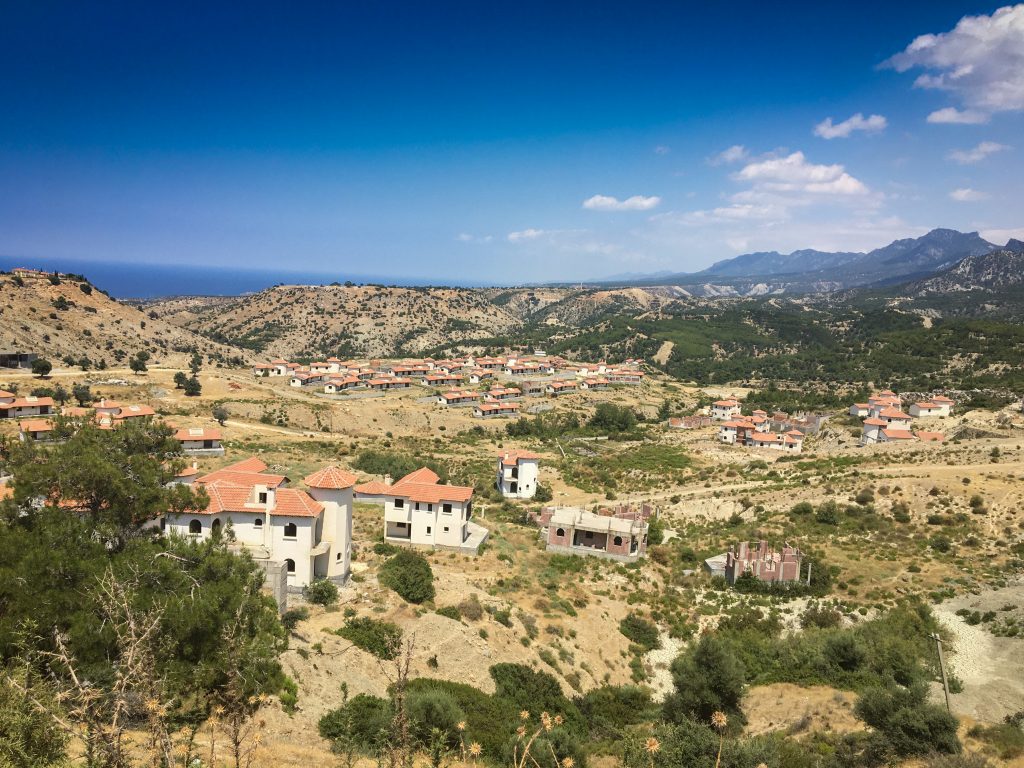
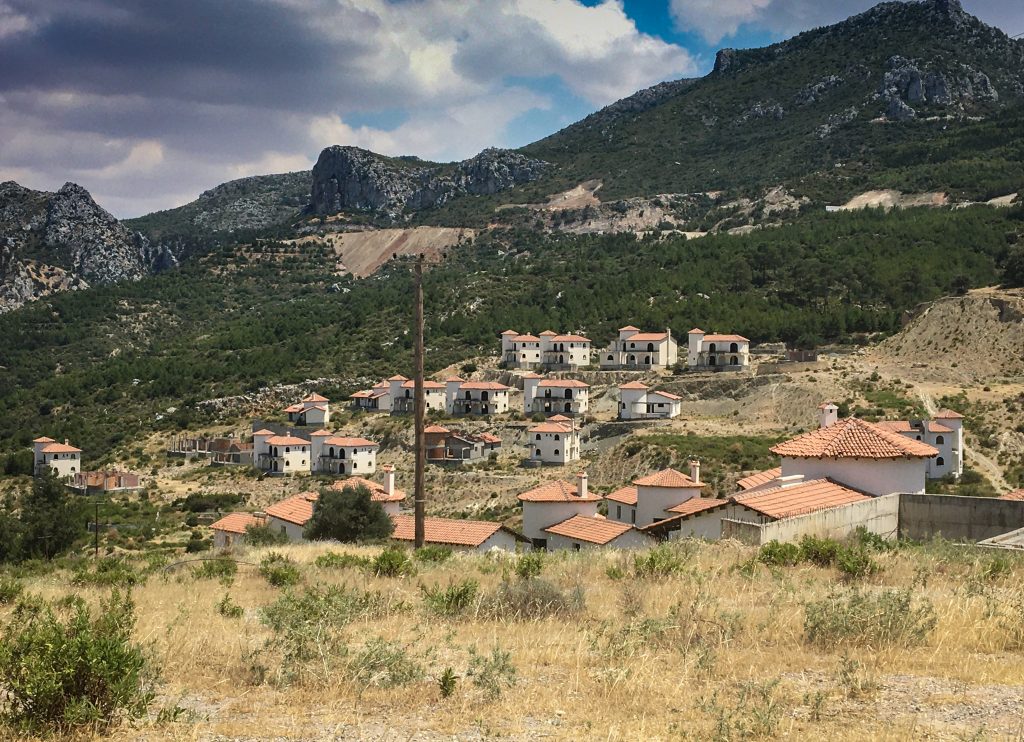
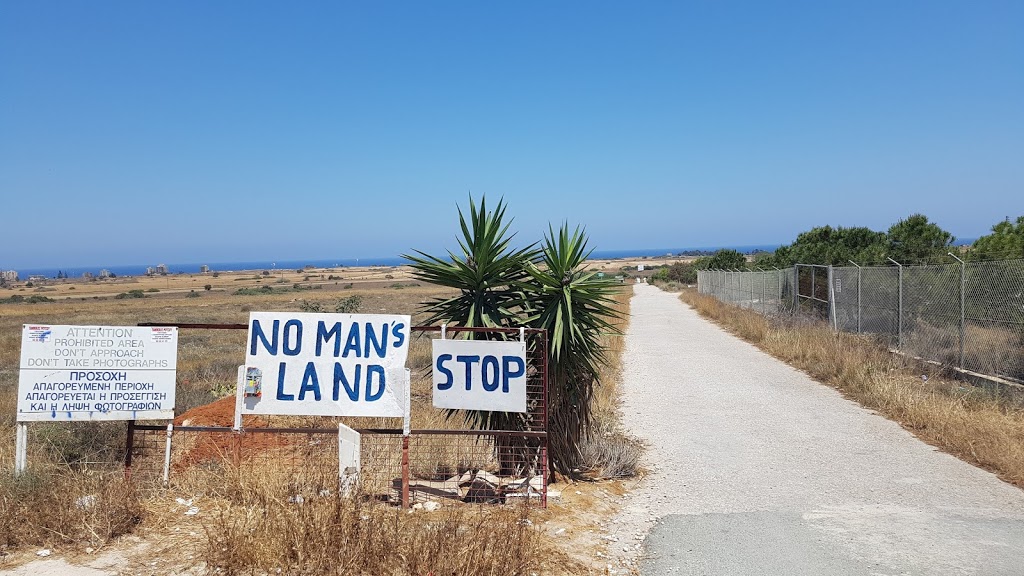
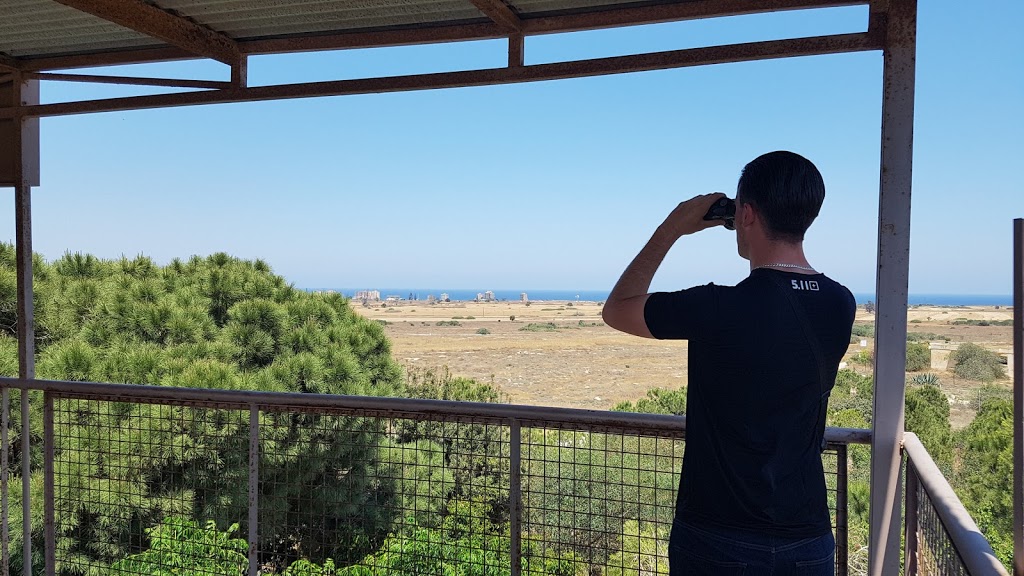
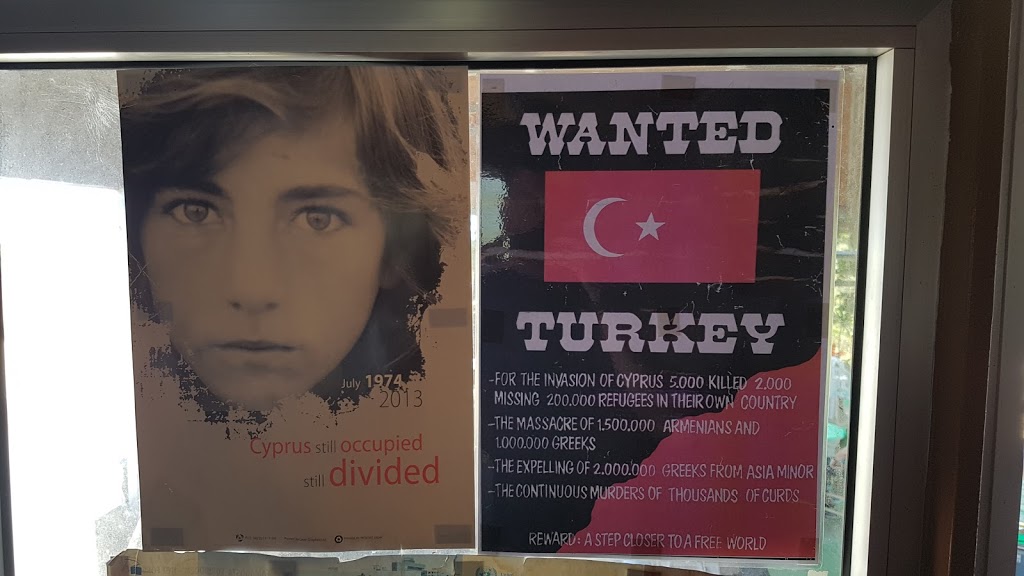
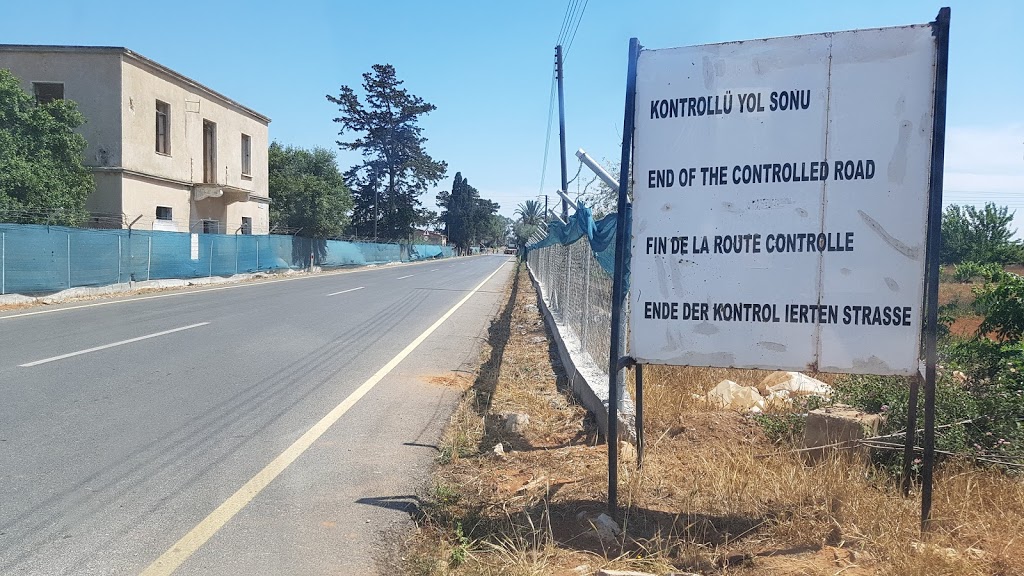
When it comes to Cyprus, you might well think of pristine beaches and clubbing in Aya Napa before dark tourism comes to mind, but lets to forget they had a brutal war of operation in the 1970s, and they are still country divided. And not just a country, their capital city is literally a divided city! As well as dark tourism, there is a lot of Urban Exploration to be had here.
You can read our guide to Dark Tourism in Cyprus here.
Cuba




Cuba – Cuba Home of the mojito? Salsa and all that stuff? Of course, if you want to go to Cuba and sit in a resort and just see nice stuff, you can, but there is a whole darker side to Cuba that YPT is happy to show you. For example, we are the only company that can run a tour of the nuclear missile base that nearly started World War 3.
To read about the nuclear missile base tour click here.
Cambodia

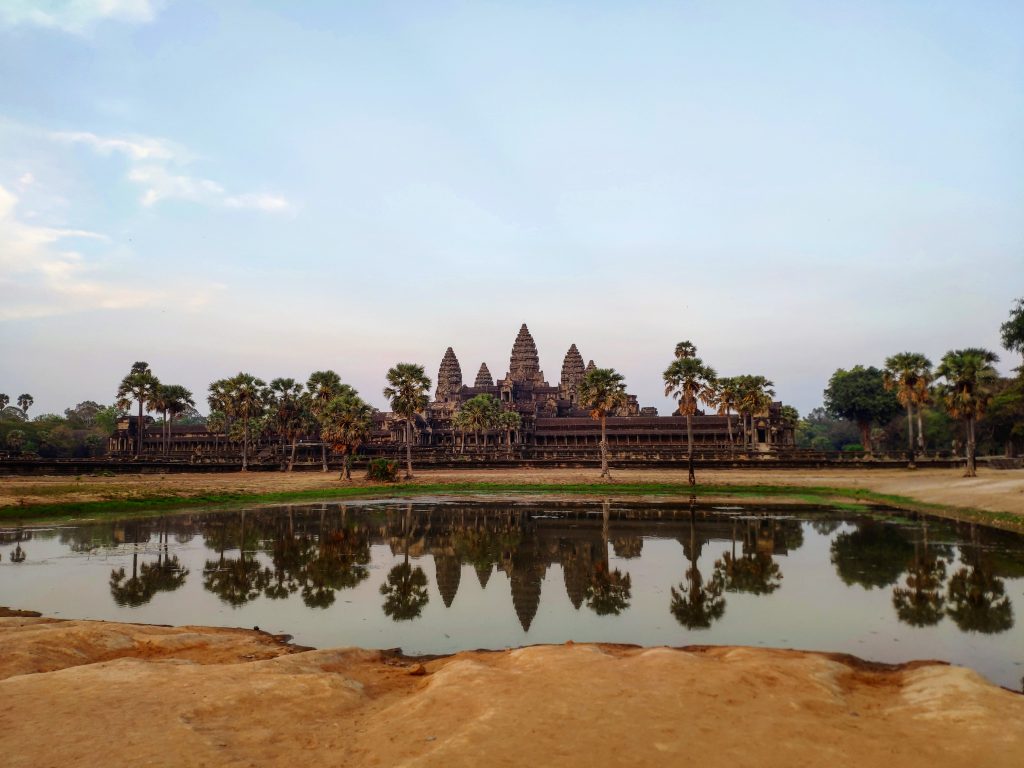


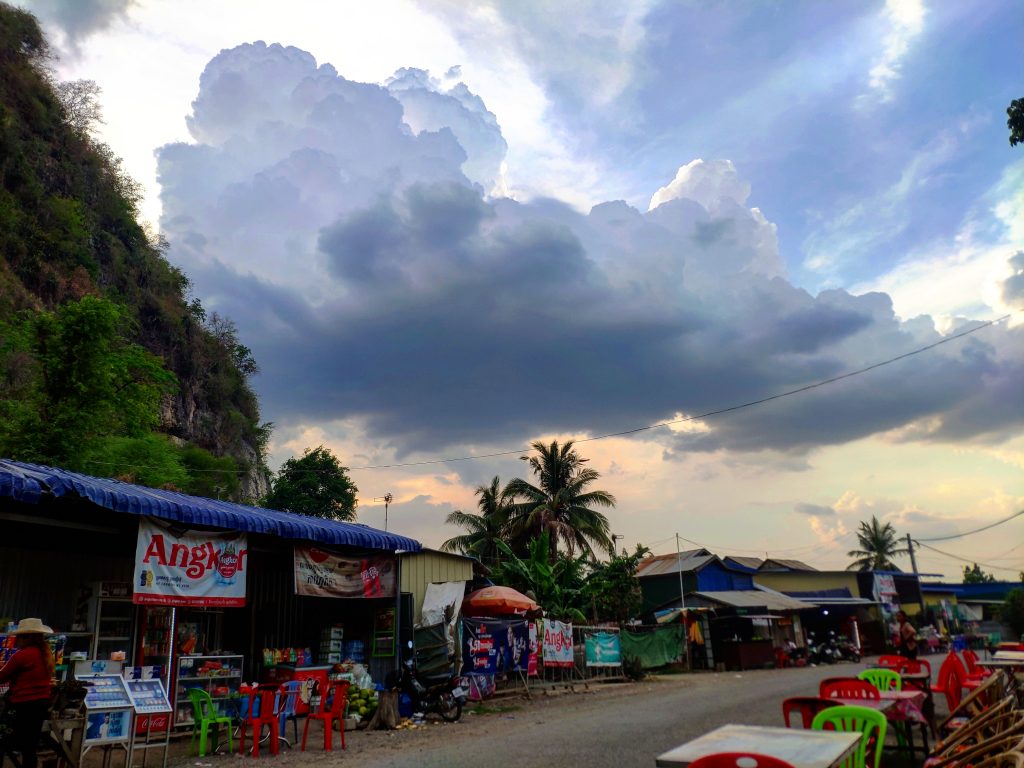

OK, so Cambodia is often touted as a dark tourism destination due to places such as the Killing Fields and S-21, but few people step further afield and get really dark. Anlong Veng was the last bastion of the Khmer Rouge and is where Pol Pot and his cohorts were active until as late as 1999. An eerie place, but one of the best dark tourism spots we have discovered.
Check out our Cambodia Dark Tourism Tour.
Kiribati
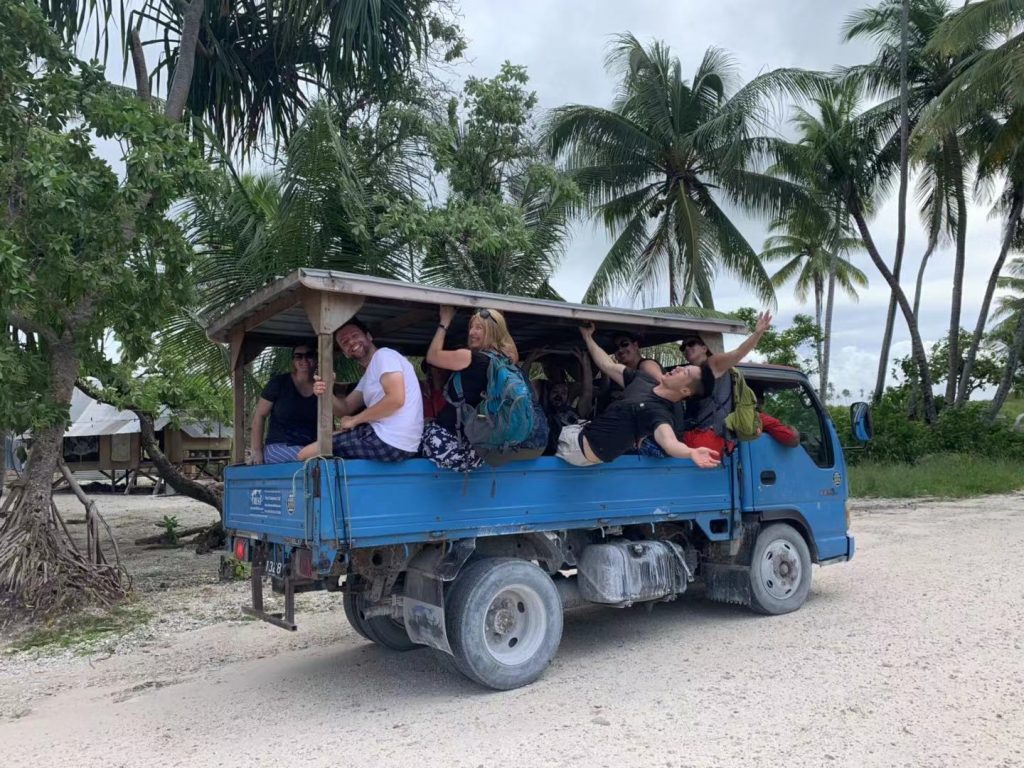
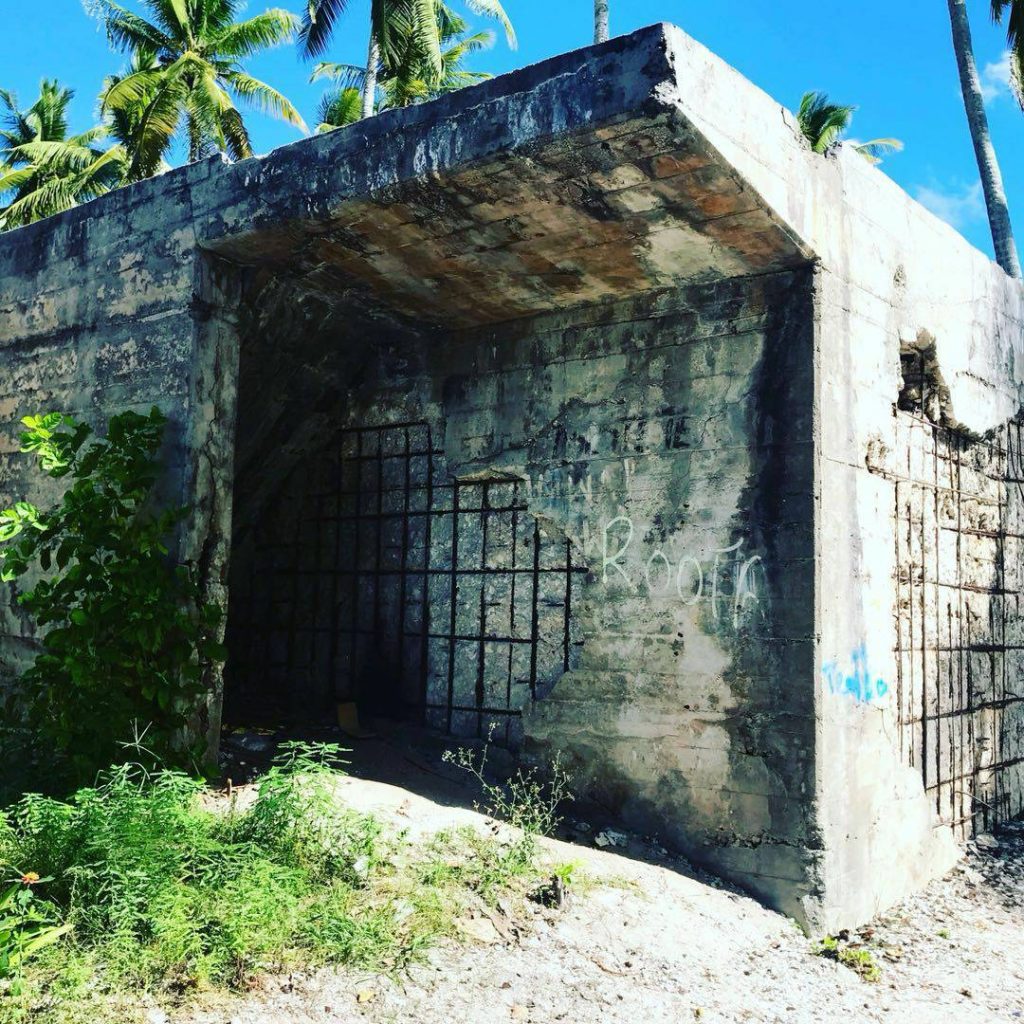



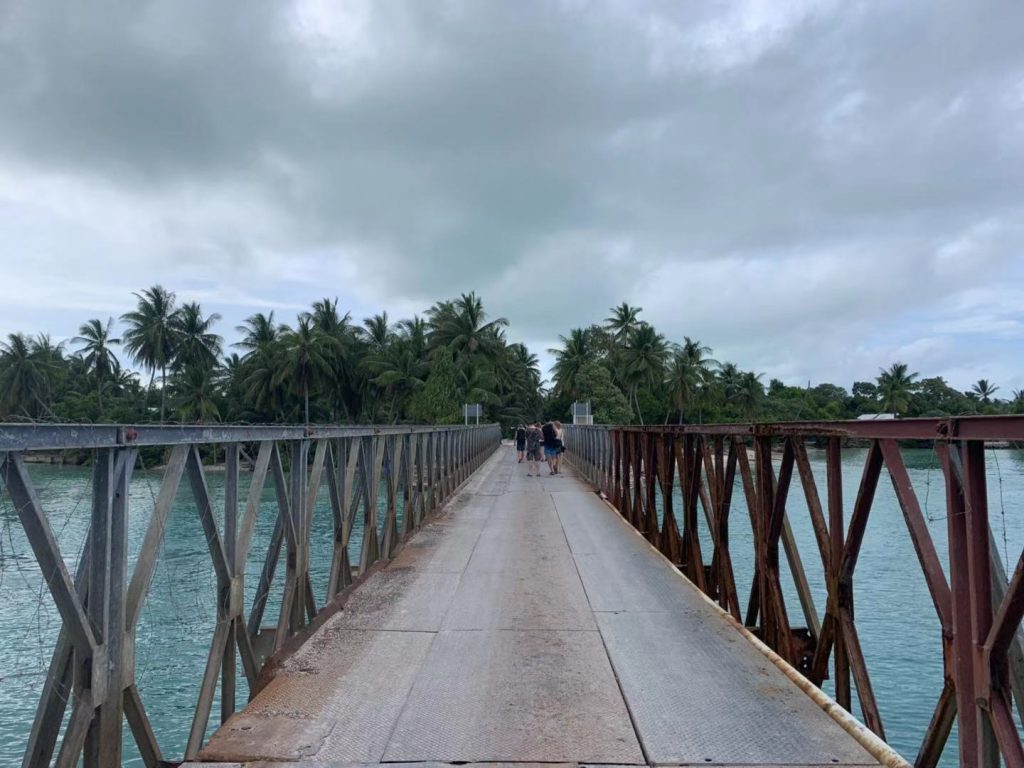
Kiribati is probably one of the most beautiful islands on earth and probably the first country we will lose to global warming. Ignoring that dark fact, Kiribati saw some of the fiercest fighting of World War 2, and the country is still littered with reminders of this. If you are interested in dark tourism related to the Pacific theatre and World War 2, then Kiribati is a must.
To visit Kiribati check to our Least Visited Countries Tour.
China


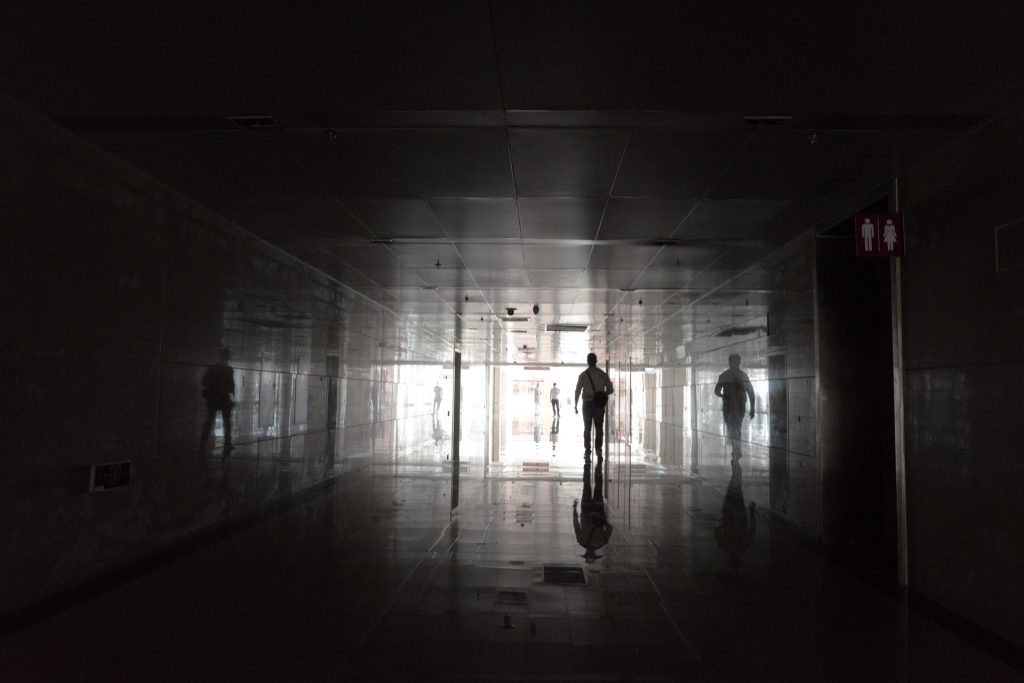
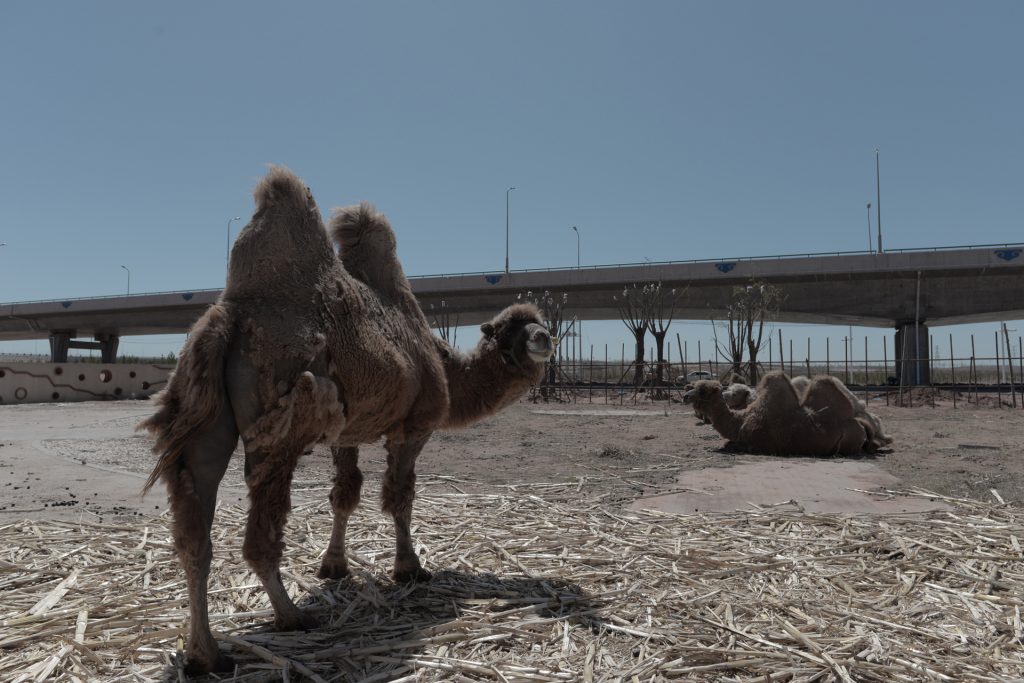
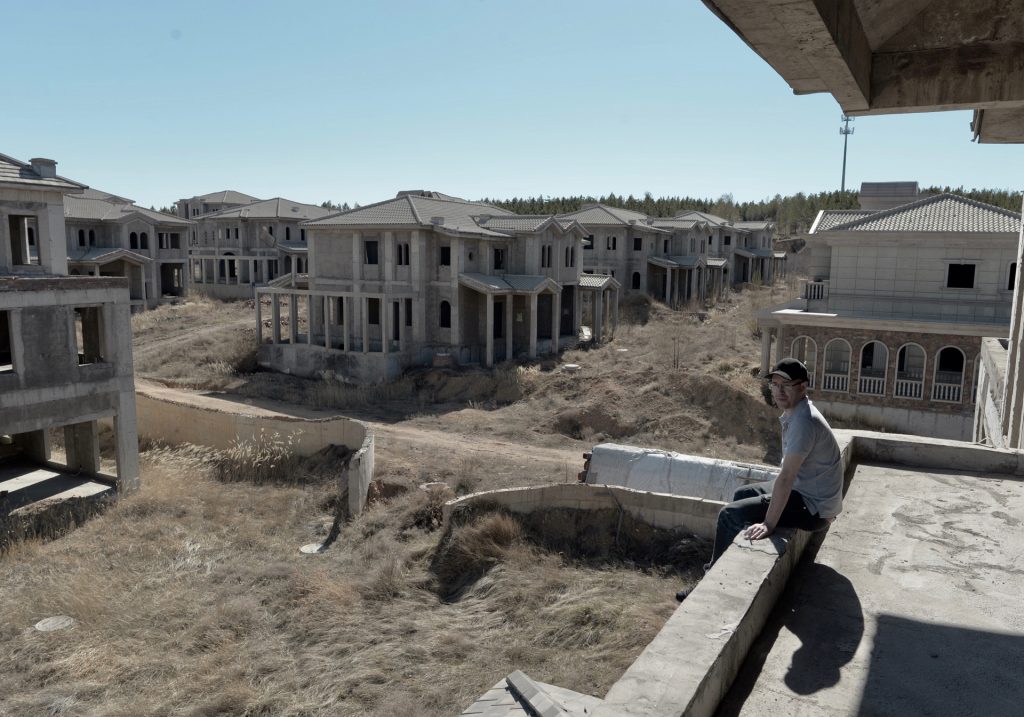
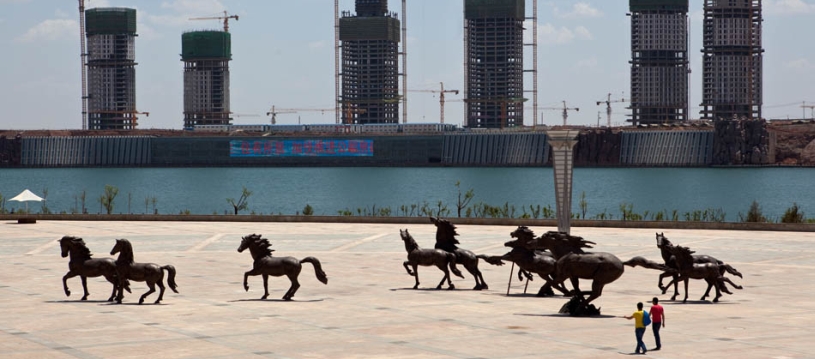
China might be more famous for its ancient history, such as the Great Wall and the like, but it should be remembered that the Cultural Revolution and its excesses are in recent history. We run tours to places as diverse as the last Maoist Collective community, to Yan’an the first Chinese communist state’s birthplace. And then there is Ordos’s ghost city, which is more urban exploration than dark tourism, but still pretty whacky.
Check out our Spring festival Kangbashi Tour here.
Belarus Exclusion Zone
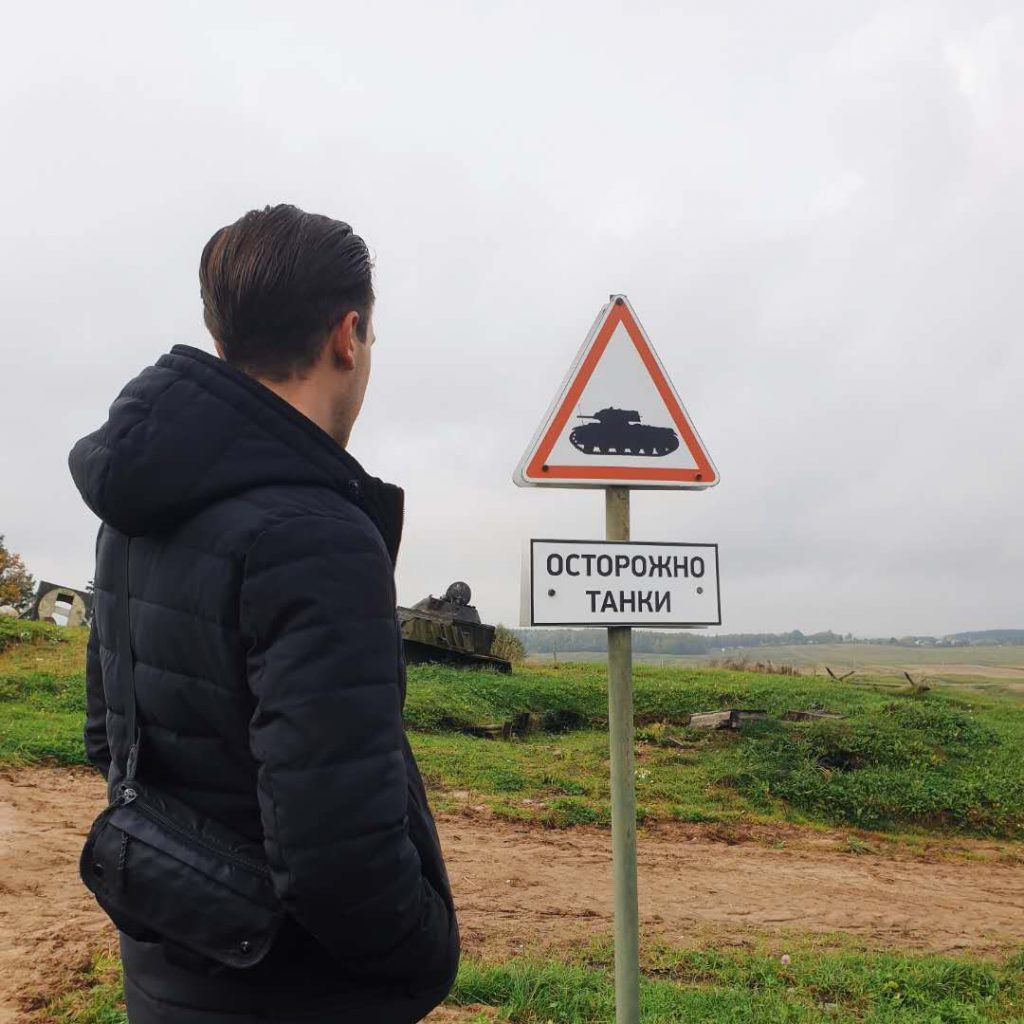
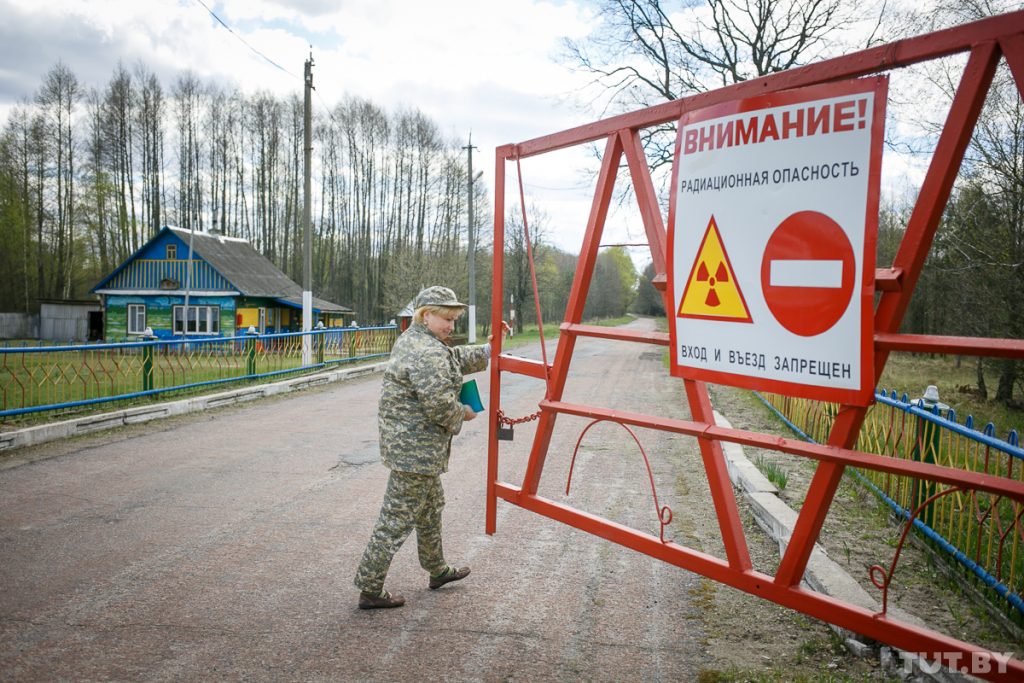
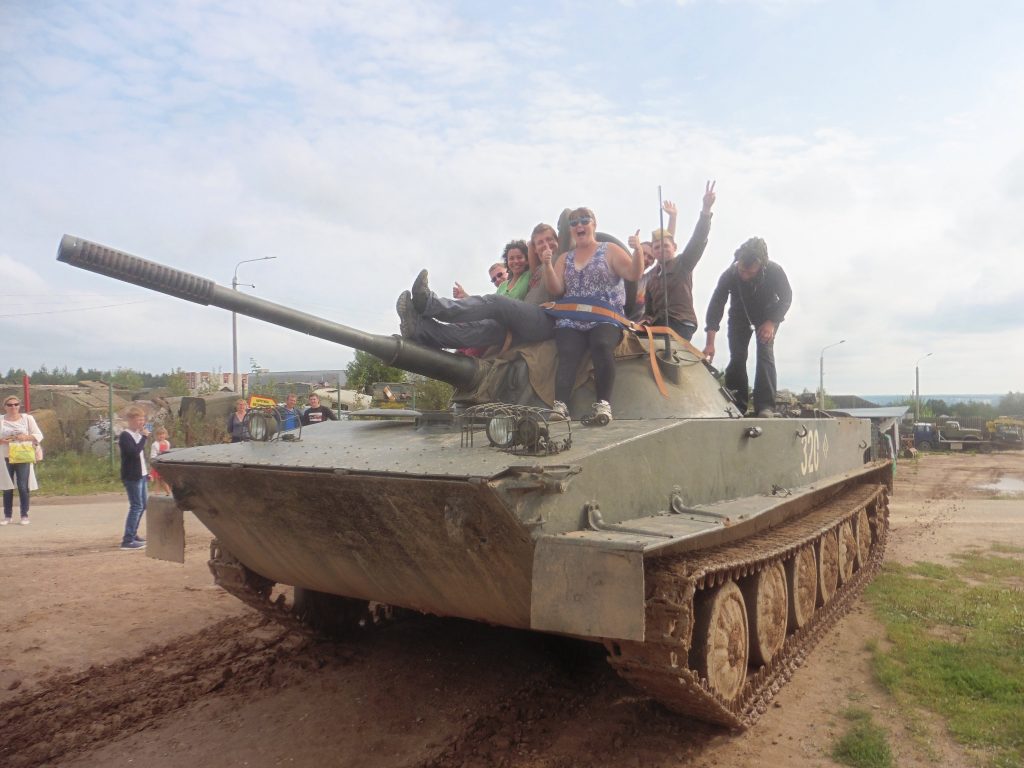
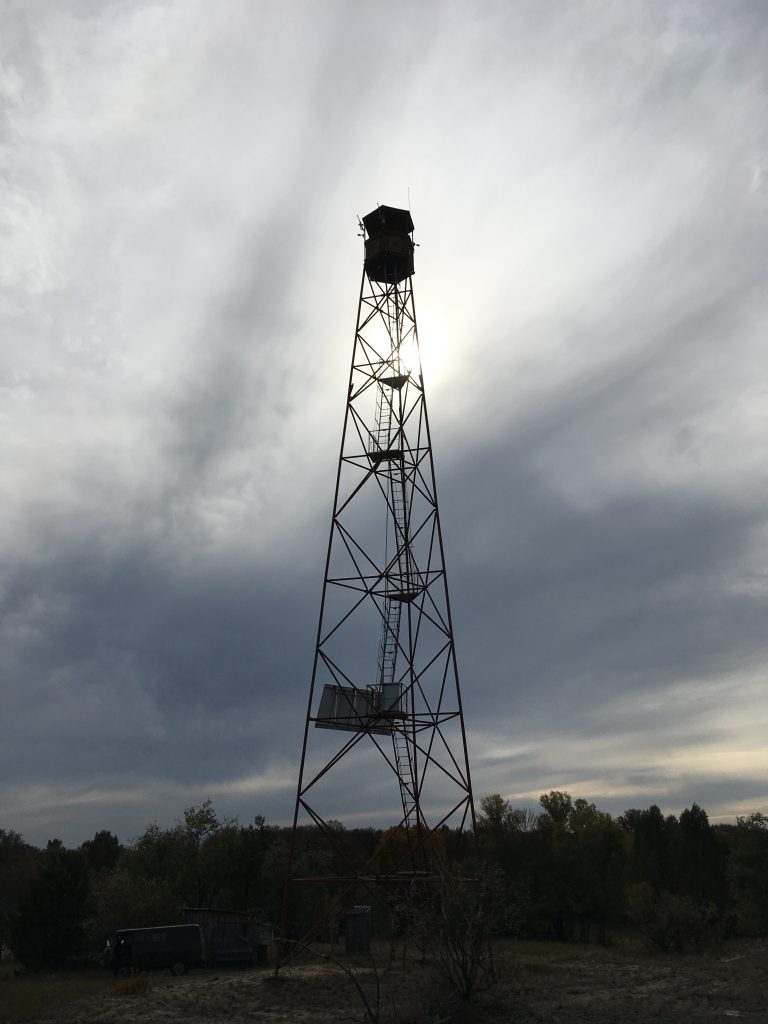
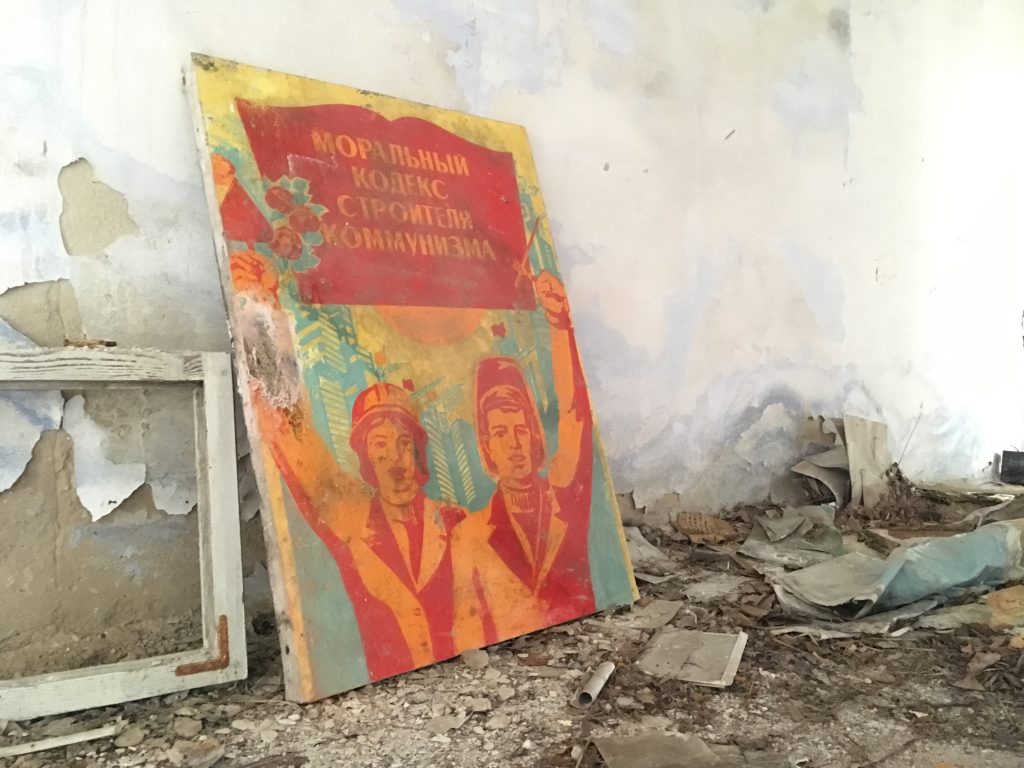
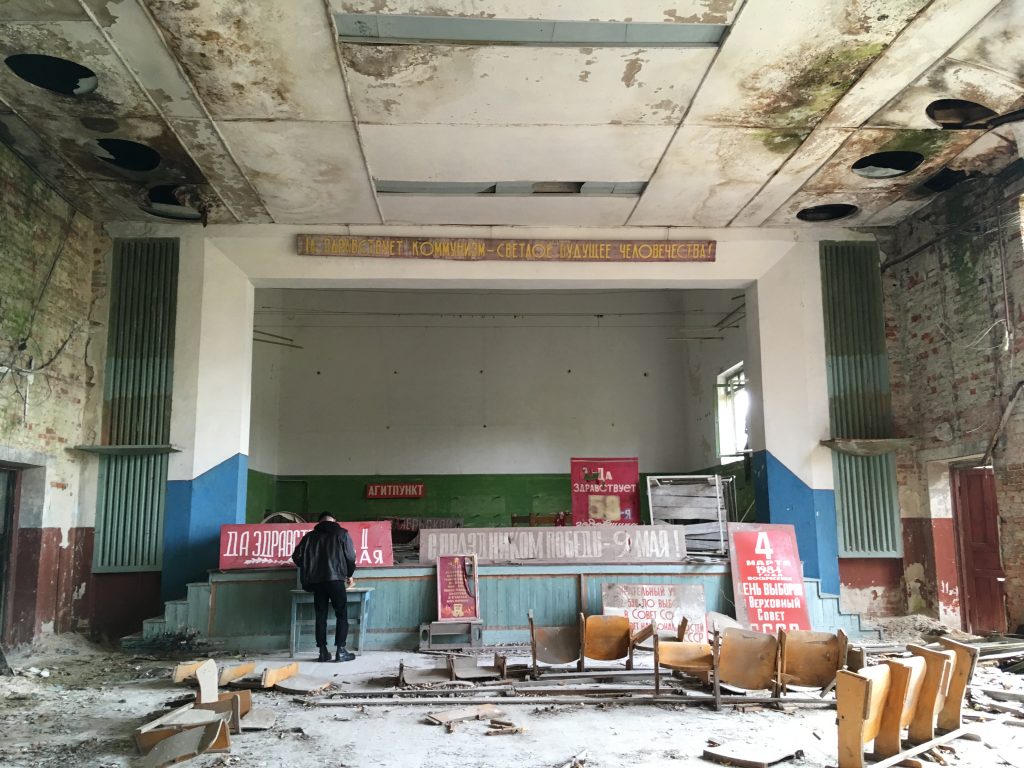
When it comes to Chernobyl and its aftermath, we mostly associate it with the town of Pripyat in Chernobyl, but in actual fact, Belarus bore a large brunt of the destruction and has its own exclusion zone. This is one of the most fascinating tours that we currently run.
Check out our Belarus exclusion zone tours here.
A conclusion on Dark Tourism
If I’ve not made it abundantly clear: I’m not a massive fan of the ‘dark tourism’ label. But if it’s going to be thrown at us, I’ll happily embrace it and discuss it. I’d rather that than the ‘Club 18-30’ label.





